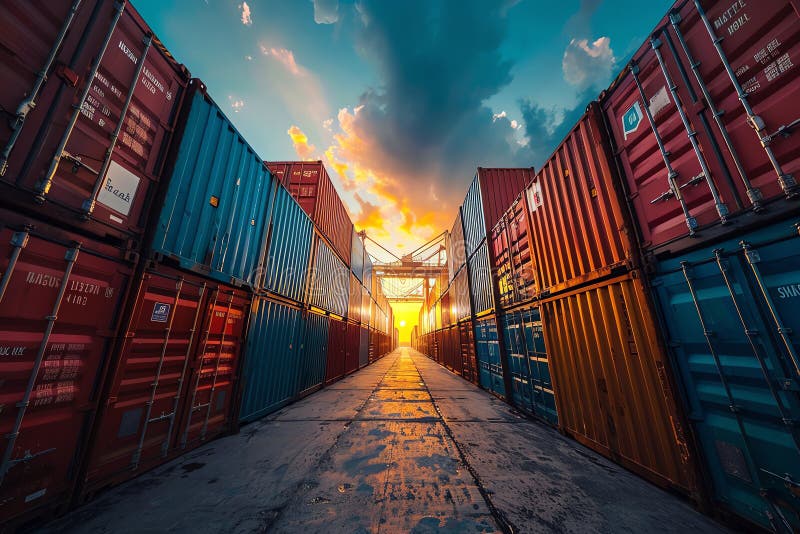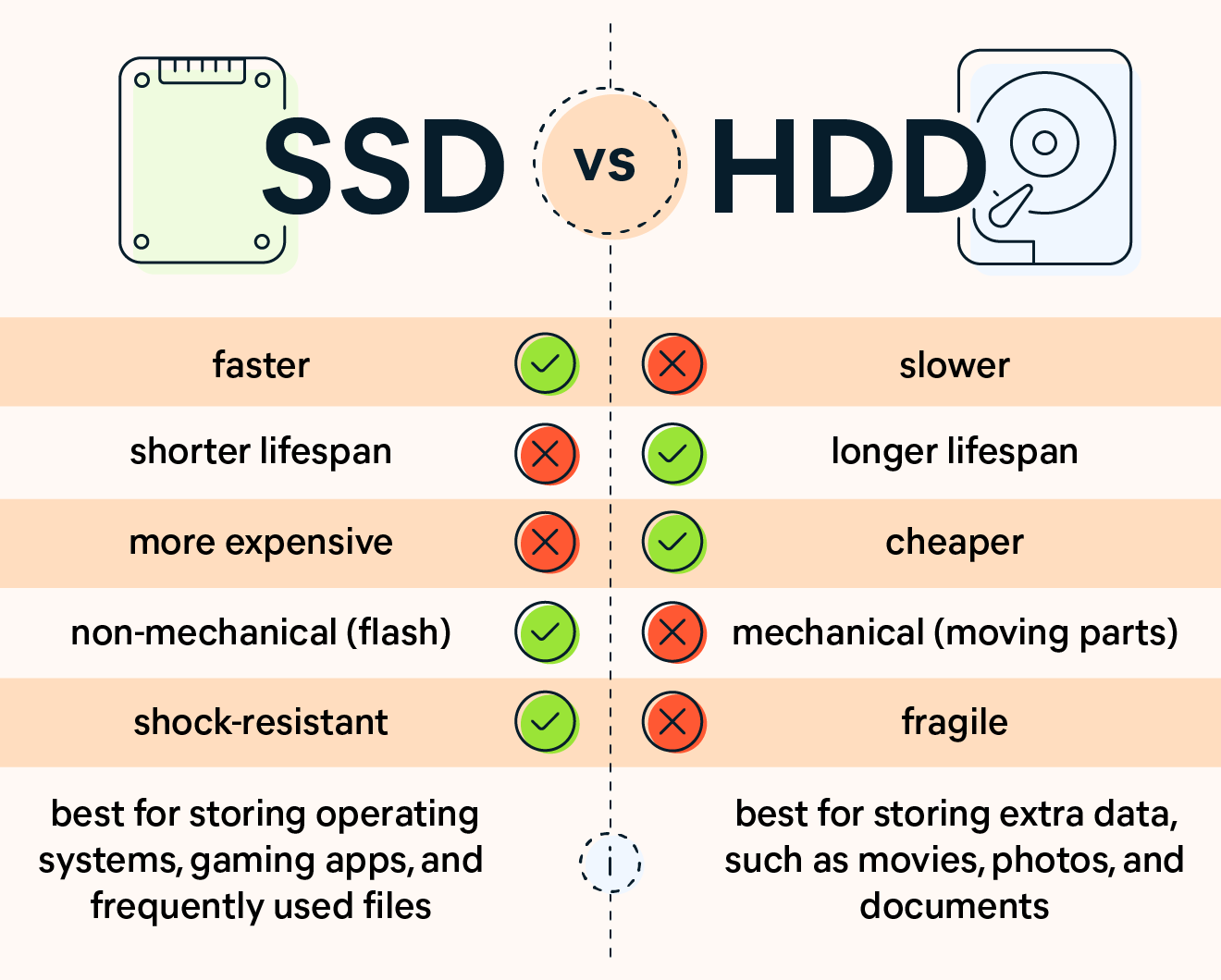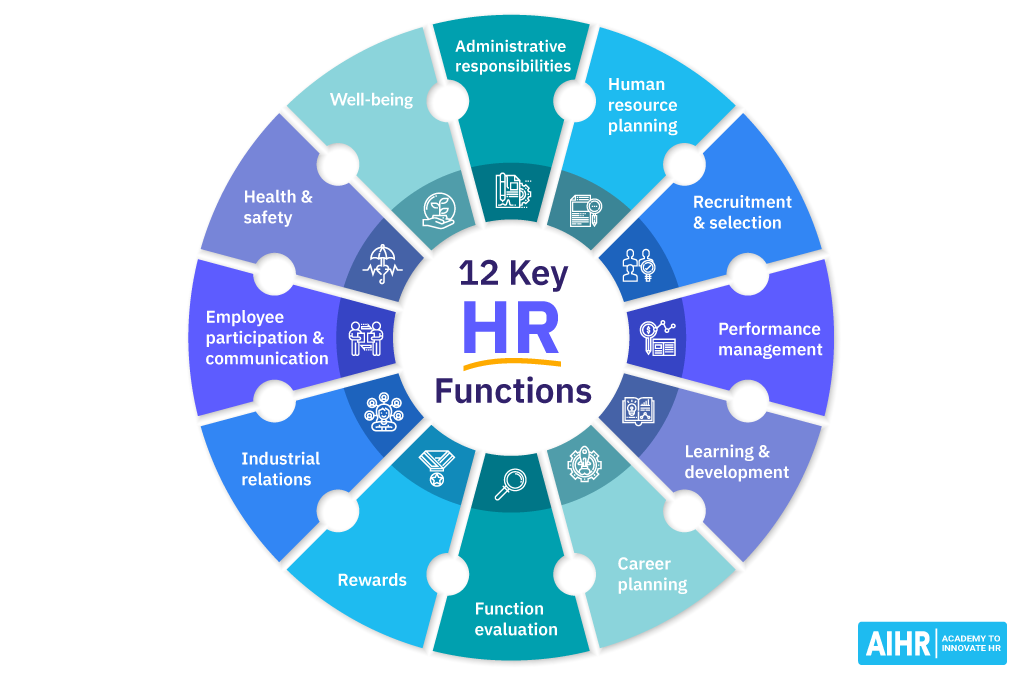
Introduction to Container Stowage
Container stowage plays a pivotal role in the maritime industry, crucially impacting the efficiency and safety of global shipping operations. This process, integral to the movement of goods across the world’s oceans, involves the strategic arrangement of containers on a container ship. At its core, container stowage is about optimizing space, balancing weight, and ensuring the secure transport of cargo.
The concept of container stowage revolutionized maritime logistics. Prior to its advent, the loading and unloading of ships were labor-intensive and time-consuming processes. The introduction of standardized containers – uniform in size and shape – facilitated a more streamlined approach to handling cargo. This innovation not only expedited port operations but also significantly reduced the risk of damage to goods during transit.
Container ships, specifically designed to carry these standardized units, traverse global trade routes, connecting ports and economies. The intricate planning of container stowage – often referred to as a ‘stowage plan’ or ‘bay plan’ – is a complex task. It demands meticulous attention to the weight, size, and type of containers, ensuring not only the stability of the vessel but also the ease of unloading at subsequent ports. Factors such as the distribution of heavy and light containers, the specific requirements of reefer (refrigerated) containers, and the handling of dangerous goods are all crucial elements in this planning process.
Moreover, the slot allocation within a container ship – whether in even or odd numbers – follows a well-orchestrated plan to maximize efficiency and safety. Lashing, the method of securing containers on the ship, plays a vital role in preventing the movement of containers at sea, thus averting potential maritime disasters. The evolution and sophistication of container stowage practices continue to enhance the proficiency and safety of maritime logistics, showcasing the industry’s commitment to innovation and efficiency.
Understanding the Stowage Plan
The stowage plan, a fundamental component of maritime logistics, is a detailed blueprint outlining the arrangement of containers on a container ship. This comprehensive plan is pivotal in ensuring the vessel’s stability, optimizing space utilization, and facilitating efficient cargo handling at each port.
Developing an effective stowage plan requires a thorough understanding of the ship’s design and capacity, as well as the characteristics of the cargo. The plan meticulously details where each container will be placed, taking into account factors like weight, size, type of goods, and the container’s destination. For instance, heavier containers are generally stowed at the bottom of the stack to maintain the ship’s balance, while lighter ones are placed higher up. This careful positioning is essential to preserve the ship’s stability and prevent listing during the voyage.
Additionally, the stowage plan must consider the specific requirements of different types of cargo. Reefer containers, which require power connections for refrigeration, are placed in slots that provide access to electrical outlets. Containers carrying dangerous goods are stowed in locations that minimize risk, ensuring they are kept away from areas that could exacerbate hazards, such as heat sources or other incompatible materials.
The stowage plan also addresses the logistical sequence of loading and unloading at various ports. Containers destined for earlier ports are strategically placed for easy access, reducing the time and effort needed for unloading. This aspect of the plan directly influences the efficiency of port operations and the overall turnaround time of the vessel.
Bay plans, which are part of the broader stowage plan, provide a detailed view of the container arrangement in each bay of the ship. These plans are essential for the crew and port operators
onboard, and they are instrumental in guiding the lashing and securing of containers during the loading process. The efficiency of a container ship’s voyage, and the safety of its cargo and crew, hinge significantly on the precision and foresight of the stowage plan.
In conclusion, understanding the intricacies of a stowage plan is key to appreciating the complexity and importance of container shipping in global trade. This detailed planning process, which optimizes the loading, transport, and unloading of containers, underscores the strategic significance of container stowage in the maritime industry.
The Role of Container in Maritime Logistics
In maritime logistics, the container is not just a storage unit; it’s a cornerstone of efficiency and global trade. Container size, typically standardized to 20’ and 40’, plays a critical role in container stowage planning. These sizes are essential for stowage plan for container ships, ensuring that cargo containers are stowed in a manner that maximizes space and maintains the stability of the ship.
The design of container vessels specifically caters to the dimensions of these containers. The ship’s sections are meticulously planned to accommodate 20’ and 40’ containers, often in cell guides that run the length of the ship. The cells are divided into two primary categories based on bay numbers: odd numbers on one side and even numbers on the other. This systematic arrangement helps in optimizing cargo handling and stowage, enabling quick load and unload processes at each port of call.
However, stowage planning problem arises when dealing with non-standard cargo. Out of Gauge (OOG) cargo and refrigerated cargo, for example, pose unique challenges. OOG cargo, due to its irregular size, often requires placement on top of other containers or in specific sections of the ship that can handle its dimensions. Reefer containers, used for refrigerated cargo, need electrical connections and are typically placed in designated areas to ensure the cargo is kept at the required temperature.
Appropriate stowage of hazardous cargo is another critical aspect. International Maritime Dangerous Goods (IMDG) codes dictate that such cargo should be kept away from direct sunlight and specific sections of the ship, minimizing the risk of damage to other containers or the ship itself. This careful planning ensures safe cargo handling, maintaining the overall ship stability.
In summary, containers are integral to maritime logistics, dictating the design and operation of container ships. The stowage plan of the ship, taking into account the variety of cargo types, container sizes, and specific requirements, is a testament to the complexity and precision required in modern maritime operations.
Container Terminal Operations and Stowage Efficiency
Container terminals play a pivotal role in the efficient functioning of maritime logistics. At these bustling hubs, the process of loading cargo onto the ship and unloading it at the destination is a well-orchestrated symphony of precision and timing. The primary goal at a container terminal is to optimize cargo handling and stowage, ensuring that containers are loaded and unloaded quickly, safely, and in the correct order.
A key component in this process is the master bay plan problem, a detailed document that guides the placement of containers on board a container ship. This plan accounts for various factors, such as the type of cargo, its destination (port of call), and the specific requirements of different cargo types, including dry cargo containers and reefer containers. Stowage planners at the terminal use this plan to allocate space on the ship, determining which containers should be loaded or unloaded at each port.
The stowage problem extends beyond simply finding a spot for each container. The weight of cargo must be evenly distributed across the length and sections of the ship to maintain stability. Heavy containers are generally placed in the cargo holds or at the bottom layers of containers, while lighter cargo and high cube containers may be stowed higher up or in the middle of the ship. This careful distribution helps maintain the ship’s gravity center, ensuring stability during the voyage.
Stowage efficiency at container terminals also involves managing the number of containers on a vessel. The challenge lies in maximizing the use of available space while avoiding real problems like damage
to other containers or the ship. This is where container numbers and careful planning come into play, allowing planners to track and manage the containers efficiently.
In conclusion, container terminal operations are a critical aspect of maritime logistics, where efficiency and precision are paramount. The ability to quickly and safely load and unload containers, taking into account the diverse range of cargo, container sizes, and specific requirements, showcases the intricate and well-coordinated nature of modern shipping. This efficiency not only benefits the shipping companies but also contributes to the global supply chain’s smooth functioning.
Container Stowage: Balancing Safety and Efficiency
Container stowage planning is a critical process that involves carefully arranging cargo containers on a container ship to ensure the vessel’s safety and operational efficiency. This meticulous planning is essential for maintaining the stability of the ship and optimizing cargo space.
At the heart of container stowage planning lies the challenge of loading and unloading cargo in a way that maintains the ship’s balance. This is where the sizes of containers, typically 20’ and 40’, play a significant role. Stowage planners must decide the appropriate placement of these containers to ensure stability. Heavier containers, for instance, are generally placed in lower cargo holds or at the bottom layers of containers on deck, contributing to the gravity of the ship and preventing it from becoming top-heavy.
Additionally, special cargo types, such as reefer containers for refrigerated cargo and hazardous cargo, require special attention. Reefer containers need to be placed where they can be easily connected to power sources, while hazardous cargo must be stowed in accordance with International Maritime Dangerous Goods (IMDG) guidelines, keeping them away from direct sunlight and areas that could exacerbate their hazardous nature.
Another aspect of container stowage planning is the allocation of containers based on their destination – or the port of call. Containers that need to be unloaded at the first port are placed in accessible areas, reducing the time and effort required for unloading. This careful planning minimizes the need to move or restow containers during the voyage, optimizing both space utilization and the efficiency of cargo handling operations.
In summary, the success of container stowage planning hinges on a delicate balance between ensuring the safety of the ship and its cargo and optimizing operational efficiency. This balance is achieved through careful planning and consideration of container size, cargo type, and the sequence of ports on the ship’s itinerary.
Cargo Considerations in Container Ship Stowage
Cargo considerations are at the forefront of stowage plan for container ships. The nature of the cargo, its size, and its specific requirements dictate how stowage planners organize containers on board. This is crucial not only for optimizing space but also for ensuring safe cargo handling and maintaining the stability of the ship throughout its voyage.
Cargo containers come in different types and sizes, most commonly 20’ and 40’ containers, including high cube containers which are taller than standard containers. Stowage planners must carefully allocate these containers in the ship’s cargo holds and on deck, taking into account the weight of cargo and its distribution. Heavy containers are typically loaded at the bottom or in the middle of the ship to maintain balance, while lighter cargo and empty containers might be placed on top or in less critical areas.
The type of cargo also plays a significant role in stowage planning. Dry cargo containers are the most common and are easier to handle, but special cargo types like reefer containers for refrigerated cargo and hazardous cargo require more attention. Reefer containers need to be placed in sections of the ship where they can be powered and monitored, while hazardous cargo must be stowed following strict guidelines to prevent accidents and contamination.
Another aspect that impacts cargo stowage is the destination of the cargo. Containers destined for the first port of call must be loaded last so they can be easily accessed and unloaded. This strategy, known as the ‘master bay plan problem’, involves a detailed analysis of the ship’s itinerary to determine the most efficient loading and unloading sequence.
In conclusion, cargo considerations are a central aspect of stowage planning for container ships. The careful handling and placement of different types of cargo, from dry goods to reefer and hazardous materials, are key to ensuring the efficient operation of container vessels and the safety of their cargo.
Stowage Plan for Container Ships: A Detailed Look
The stowage plan for container ships is a critical document that outlines the strategic placement of containers on board to ensure safety, stability, and efficiency during the voyage. This plan, essential in maritime logistics, requires a deep understanding of the ship’s design, the nature of cargo, and the specific voyage itinerary.
Creating an effective stowage plan involves several key steps. First, stowage planners must assess the ship’s capacity and design. This includes understanding the specific characteristics of different cargo holds, the maximum stack weight each section can bear, and the ship’s overall stability metrics. The distribution of weight across the vessel is crucial; hence, heavier containers are typically placed in lower holds or at the base of stacks, while lighter or empty containers might be positioned higher up.
The nature of the cargo also plays a significant role. For instance, hazardous materials require careful placement to avoid risks, such as being kept away from areas that might exacerbate their danger. Reefer containers, carrying refrigerated goods, need access to power sources and are therefore placed in designated slots. Understanding the specific requirements of each cargo type ensures not only safety but also compliance with international shipping regulations.
Furthermore, the stowage plan must consider the ship’s route and the ports of call. Containers destined for earlier stops are placed in a manner that allows for easy and efficient unloading, reducing the need for restowing during the voyage. This careful sequencing significantly impacts the turnaround time at each port and the overall efficiency of the shipping operation.
In conclusion, the stowage plan for container ships is a complex, yet essential element of maritime logistics. It requires meticulous planning, a thorough understanding of the ship’s capabilities, and a detailed knowledge of the cargo’s characteristics. The success of a voyage often hinges on the precision and effectiveness of the stowage plan.
Challenges and Innovations in Container Stowage
Container stowage, while fundamental to global trade, faces various challenges that demand innovative solutions. These challenges range from ensuring the safety and stability of the vessel to optimizing operational efficiency and complying with environmental regulations.
One of the primary challenges in container stowage is maintaining the stability of the ship. This requires a balanced distribution of weight across the vessel, which can be particularly challenging when dealing with a diverse range of cargo types and sizes. Innovations in software and planning tools have been crucial in addressing this challenge, allowing for more precise calculations and simulations to ensure stability under various conditions.
Another significant challenge is the efficient use of space on the vessel. With the growing demand for global shipping, maximizing the number of containers on each voyage is vital. Innovations here include the development of larger and more efficient container ships, as well as advanced stowage planning algorithms that can optimize space utilization.
Environmental concerns also pose challenges for container stowage. The shipping industry is under increasing pressure to reduce its carbon footprint and environmental impact. This has led to innovations in ship design, such as more fuel-efficient hulls and the use of alternative fuels, as well as operational changes like slow steaming to reduce emissions.
Furthermore, the rise of smart technology and automation presents both challenges and opportunities. Automated stowage planning and the use of AI to optimize loading and unloading processes are becoming more prevalent, offering the potential to significantly improve efficiency and safety. However, these technologies also require substantial investment and pose challenges in terms of integration with existing systems and processes.
In summary, while container stowage faces a range of challenges, ongoing innovations in technology, ship design, and operational practices are continually improving the efficiency, safety, and sustainability of this crucial aspect of maritime logistics.
Conclusion
In conclusion, the intricate art of container stowage planning is foundational to the global shipping industry, playing a pivotal role in the seamless movement of goods across the world. This process, marked by a blend of strategic foresight and meticulous execution, has evolved significantly over the years, driven by technological advancements, increasing global trade demands, and an unyielding commitment to safety and efficiency.
Container stowage planning not only ensures the optimal use of space aboard container ships but also upholds the stability and safety of these vessels throughout their voyages. The success of this planning process is evident in the smooth operations at ports, where cargo is loaded and unloaded with remarkable precision, minimizing delays and maximizing throughput. Moreover, the role of container stowage in safeguarding cargo cannot be overstated, especially when it comes to handling sensitive or hazardous materials.
The ongoing advancements in technology and automation are set to further revolutionize container stowage. With the introduction of more sophisticated software and AI-driven tools, the efficiency, accuracy, and safety of stowage planning are poised for unprecedented improvements. These innovations promise to enhance the capacity and capability of the shipping industry, addressing contemporary challenges while paving the way for future growth.
In essence, the meticulous process of container stowage planning is a testament to the ingenuity and resilience of the maritime logistics sector. It symbolizes the industry’s relentless pursuit of excellence, balancing the demands of global trade with an unwavering commitment to safety and environmental stewardship. As the world continues to become more interconnected, the significance of effective container stowage planning will only grow, underscoring its vital role in the fabric of global commerce.
FAQ: Understanding Container Stowage Planning
Dive into our FAQ section where we address your most pressing questions about container stowage planning. Gain insights into this crucial aspect of maritime logistics, from the basics of planning to the complexities of handling diverse cargo types.
10 questions- Optimizing container stowage plan for efficient cargo placement on ships.
1. What is Container Stowage Planning?
Container Stowage Planning is the systematic process of allocating space for containers on a ship. This process ensures the maximum onboard safety for the crew and cargo, optimizes space utilization, and maintains the stability of the vessel. It involves deciding where each container should be placed based on its weight, size, type, and destination port, thus eliminating the need for repositioning during the voyage.
2. Why Are Stowage Plans Crucial for Container Ships?
Stowage plans are crucial for container ships as they ensure the balance and stability of the vessel, preventing it from tipping over. They are integral in organizing the cargo in an efficient manner, aiding in quick identification and access. This organization is vital for protecting the cargo from damage during transit and contributes significantly to the safety of the ship and its crew.
3. How Are Stowage Plans Created for Container Ships?
Stowage plans for container ships are created by considering factors like the ship’s size, the cargo type, and its destination. The process involves careful weight distribution to maintain the ship’s balance. Advanced software tools are often used in modern stowage planning, allowing for quick determination of the optimal placement for cargo, thereby ensuring the ship’s safety and cargo security.
4. What Challenges Arise in Container Stowage Planning?
Container stowage planning faces challenges like adverse weather conditions, special cargo requirements (like temperature control or extra care for delicate items), and the diverse nature of cargo. Solutions involve waiting for better weather conditions, using specialized containers, and adhering to specific handling requirements for different cargo types, thus ensuring safe and efficient loading and unloading operations
5. How Does Container Size Influence Stowage Planning?
Container size, typically standardized as 20’ and 40’ containers, significantly influences stowage planning. The allocation of slots on the ship must accommodate these sizes effectively to optimize space and maintain the vessel’s stability. The weight distribution and the placement of different sized containers, including high cube containers, are critical in ensuring the ship remains balanced and stable during its voyage.
6. What Are the Special Considerations for Hazardous and Reefer Cargo in Stowage Planning?
Hazardous cargo must be stored according to specific safety guidelines to prevent risks, often away from direct sunlight and heat sources. Reefer (refrigerated) containers require slots with power sources for temperature control. For example, IMDG Code mandates strict guidelines for hazardous materials, ensuring they are stowed away from areas that could exacerbate risks, like crew quarters.
7. How Does Stowage Planning Affect Ship Stability?
Stowage planning is vital for maintaining ship stability. This involves balancing the ship’s weight by evenly distributing heavy and light containers. The Metacentric height (GM), which is the distance between the center of gravity and the metacentre of the ship, is a crucial factor. Incorrect weight distribution can lead to a ‘stiff’ ship with short rolling periods, increasing stress on the vessel and risking instability.
8. What Happens if a Stowage Plan Needs to Be Changed Mid-Voyage?
If a stowage plan requires changes mid-voyage, containers must be restowed. This involves unloading and reloading containers in their correct locations, which can incur additional charges at ports. Incorrect bay plans can lead to severe issues like compromising ship stability. Changes are typically overseen by the Chief Officer in collaboration with port staff to minimize risks and address changes in container destinations.
9. How Is the Location of a Container Determined in a Stowage Plan?
In a stowage plan, a container’s location is defined using a bay-row-tier system. The bay number, running from the vessel’s bow to stern, is divided into parts for cargo holds under and on the deck. Odd bay numbers are suited for stacking 20-foot containers, while even numbers are for 40-foot containers. Row numbers run along the ship’s length, with even numbers on the port side and odd numbers on the starboard side. Tiers are counted from bottom to top.
10. What Role Does Technology Play in Modern Container Stowage Planning?
Technology plays a crucial role in modern container stowage planning. Software like MACS3, Cloud CASP, and ASP are commonly used to create virtual ships and automatically generate stowage plans. These tools take into account the ship’s dimensions, cargo details, and weight distribution, offering optimized stowage solutions that enhance safety and efficiency. The use of such advanced software significantly improves the accuracy and reliability of stowage plans.
30 total views , 1 views today










![[Resource]: Installing Webuzo on Your Nestict Cloud VPS: A Detailed Guide](https://www.blog.nestict.com/wp-content/uploads/2024/12/image.webp)
![[Resource] : Comprehensive List of Equity Bank Codes Across Kenya by Region](https://www.blog.nestict.com/wp-content/uploads/2024/12/image-5.png)



![[Continuation]: Current Challenges in Making Physics and Geography Compulsory](https://www.blog.nestict.com/wp-content/uploads/2024/12/The-universe-of-mathematics-physic-and-astronomy-its-ama…-Flickr.jpg)
![[Resource] : Why Physics and Geography Should Be Compulsory Like Mathematics in Education](https://www.blog.nestict.com/wp-content/uploads/2024/12/image.png)


![[LINKTREE] 2024 PAST PAPERS , NOTES ,RESOURCE,REVISION,EXAMINATIONS](https://www.blog.nestict.com/wp-content/uploads/2024/10/SCHM.jpeg)


![Maritime Terms, Abbreviations and Acronyms [ Shipping Terms]](https://www.blog.nestict.com/wp-content/uploads/2024/09/image.png)








![[Explainer]: NVMe storage, SSD (SATA SSD), and HDD](https://www.blog.nestict.com/wp-content/uploads/2024/08/Laptops-are-available-with-SSDs-and-HDDs.png)














![[Updated 2024] – Passport Application FOR CHILDREN ONLY(PERSONS UNDER 18 YEARS)](https://www.blog.nestict.com/wp-content/uploads/2023/09/keppp-240x172.png)
![[Updated 2024] -Passport Application FOR ADULTS ONLY-PERSONS OVER 18 YEARS](https://www.blog.nestict.com/wp-content/uploads/2023/09/EAF-Passport-e1631045054464-400x800-1-240x172.jpg)





